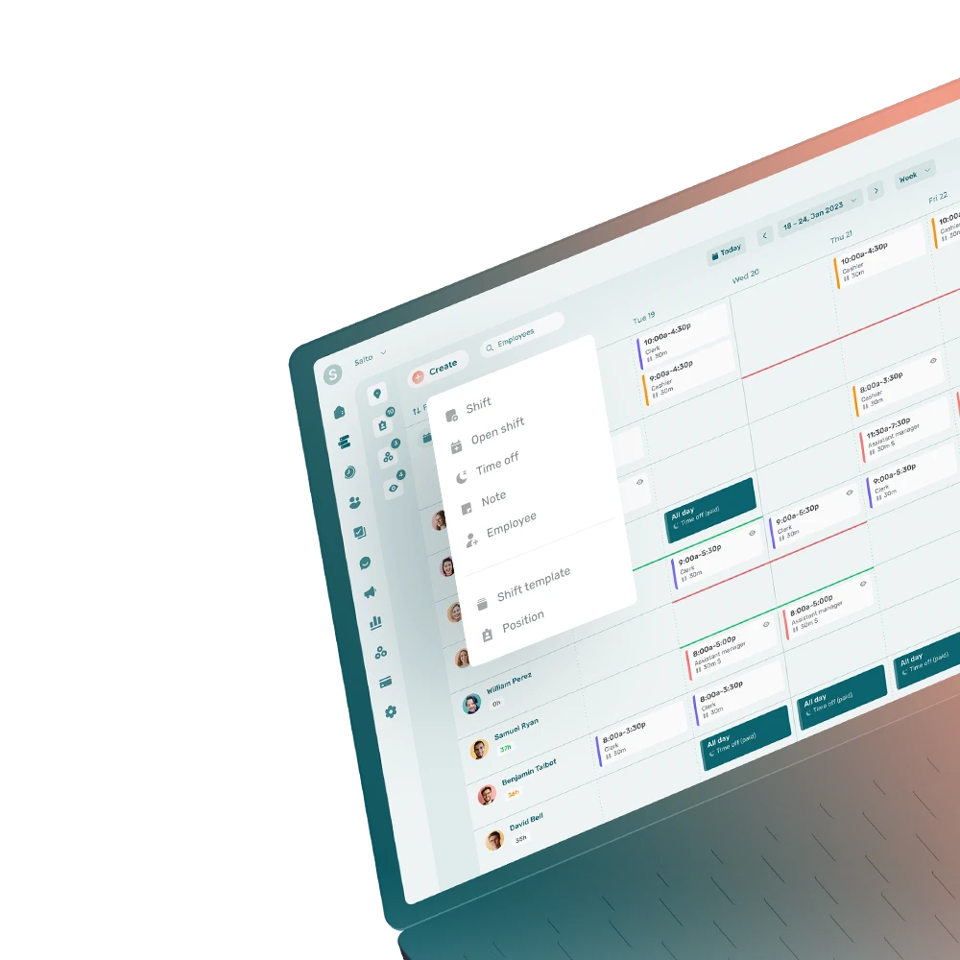A 360 degree feedback, also called feedback or 360 evaluation, is a technique used to measure the know-how and the soft skills of an employee by taking into consideration the opinion of all the people who come into contact with them in the context of their work.
Why Do a 360 Evaluation?
A 360 degree feedback is used to assess the professional performance of a company’s employees in a quantitative and qualitative way. The 360 degree feedback makes it possible to carry out a complete and precise analysis of the profile of the employees.
Typically, this type of evaluation is reserved for managers, but can also be carried out for all types of employees who are called upon to interact with a multitude of stakeholders (colleagues, superiors, customers, suppliers, etc.).
The 360 degree feedback highlights the professional qualities and shortcomings of an employee in order to allow them to progress at work.
What Are the Purposes of 360 Degree Feedback?
The 360 degree feedback focuses as much on the soft skills as on the know-how of the employees. The objectives of 360 degree feedback include:
- Collect feedback from people who regularly interact with an employee in the course of their work.
- Measure the soft skills of an employee.
- Measure the hard skills of an employee.
- Provide a more objective evaluation.
- Offer the employee ways to improve their interactions at work.
How Does a 360 Degree Feedback Take Place?
A 360 degree feedback normally starts by collecting feedback from stakeholders and the employee using a questionnaire. The evaluator should then compare the answers of each respondent. It must compare the results of the people questioned, but also the results obtained in relation to the evaluation carried out by the employee.
Finally, the evaluator must present the results of the evaluation to the employee and discuss them. It is also possible to make an action plan to work on the weaknesses and continue to maintain the strengths of the worker.
What Are the Steps of a 360 Degree Evaluation?
The steps of a 360 degree feedback include:
- Define the objectives of the evaluation.
- Decide on the confidentiality of feedback.
- Prepare the questionnaire.
- Collect responses from participants (employee and stakeholders).
- Analyze and compare results.
- Present the results to the evaluated employee.
- Establish an action plan following the evaluation.
What Are Examples of Questions to Include in a 360 Degree Feedback?
Examples of questions to include in a 360 degree feedback:
- Is the employee honest?
- Are they able to control their emotions in a stressful situation?
- Does the employee learn from their mistakes?
- Is the employee focused on results?
- Does the employee handle conflict appropriately?
- Does the employee communicate effectively?
- Does the employee treat others with respect?
- Is the employee efficient in their tasks?
- What is the employee’s greatest strength?
- What is the employee’s greatest weakness?
- Does the employee demonstrate motivation?
What Are the Advantages of 360 Degree Feedback?
The advantages of 360 degree feedback include:
- Better identify the strengths and weaknesses of employees.
- Create a more complete and objective view of the employee profile.
- Give concrete recognition to the members of their team.
- Encourage an honest and constructive feedback culture within an organization.
- Avoid bias by comparing the opinions of several collaborators.
- Make evaluation processes fairer within the organization.
- Promote transparency and honesty.
What Are the Disadvantages of a 360° Feedback?
The disadvantages of a 360° feedback include:
- Difficulty managing feedback from a multitude of stakeholders.
- More complex evaluation method that requires more resources from companies.
- Requires more planning and organization than a traditional assessment.
- Can generate conflicts between team members.




